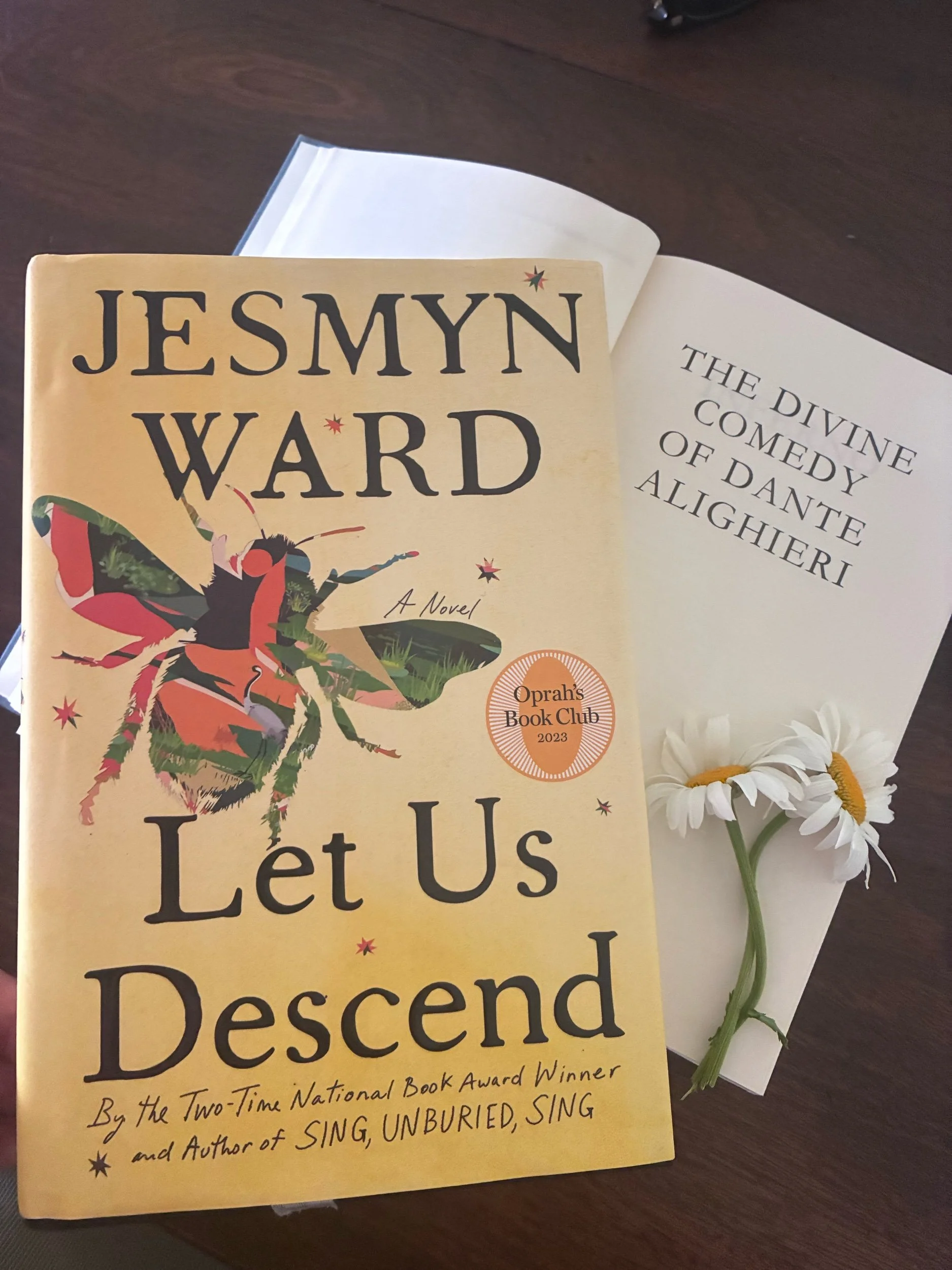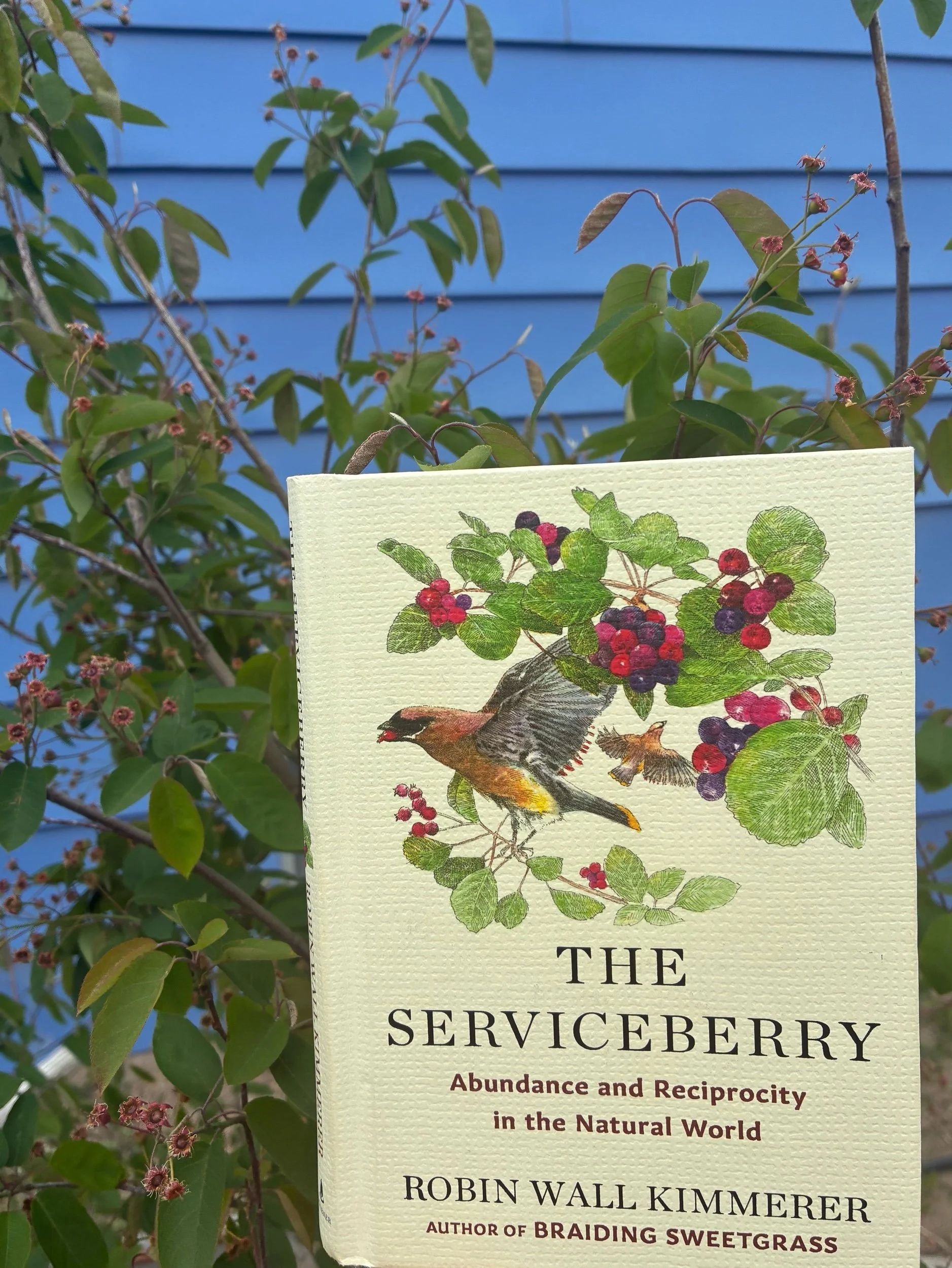12 Lifetimes
When a personal friend and work colleague writes a book, I eagerly await getting my hands on a copy. In the case of Heidi Kraay’s 12 Lifetimes: A Century Cycle (originally published in 2023), I have gotten a chance to experience the feeling twice. The second edition of this little, honest book came out this spring and I loved it all over again. Kraay adopts the century form, a numbered list form that likely finds roots in the ascetic prayer of the 3rd century CE. Thus, 12 Lifetimes is twelve list-form essay-poems with a prologue and an afterward (both also in the 100-point list style); in other words Kraay’s 188 page book is fourteen lists of 100 details, memories, testaments that encapsulate her coming of age one lifetime after another.
12 Lifetimes does not take up much space; both its stature (5”x6”) and its form embody the ways this little book condenses life(times) down to the marrow. The form is both fascinating and compulsively readable. I have now read this tiny book from cover to cover multiple times. While the read-in-one-sitting approach is a delight, I will likely savor future readings more slowly, opting to dip in and out of lifetimes as I might read a collection of poetry. Suffice it to say, 12 Lifetimes’s length and form lend it to being slowly absorbed or read through in a quiet morning.
Beyond form, however, 12 Lifetimes is a testament to Kraay’s literary craft and vocation. Each century in 12 Lifetimes abounds in rich, sensory detail. Kraay alternates between numbered lines that stand alone, encapsulating sensory memory in poetic brevity, and others that build on a larger narrative. Some centuries, like “Places I’ve Loved” or “People I’ve Loved” both of appear early in the 12 lifetimes, capture the interiority of memories rooted in sensory experience. Others, like “My Biggest Mistake,” create more of a narrative from one numbered point on the list to another. Whether each line builds narratively or a loose thematic thread connects it with the other 99 in its century, Kraay’s writing is alive with lived experience. Her childhood memories spring from the page with smells and sounds; the nightmares of her young adulthood haunt not in ephemeral form, but in the body. Indeed, Kraay does not shy away from the pain of some lifetimes and readers should approach this book ready to face eating disorders, abusive relationships, death, and much more. Ultimately, 12 Lifetimes moves its reader through its carefully crafted prose and themes; it honors even the darkest lifetimes that lead to the present moment.
In addition to the depth of sensory-ripe memoir writing, 12 Lifetimes’s form transcends personal narrative toward a poetic meditation. It is, it would seem, Kraay’s meditation on 12 lifetimes that delivered her to her current artistic moment. Interwoven with the prose are color photographs of a shadow box she created in affiliation with her Alma mater California Institute of Integral Studies’s podcast. These images provide a visual approach to the 12 lifetimes project and demonstrate the artistry at the heart of the project. The book culminates with an afterward, “How to be a Writer,” as if all the “lifetimes” that precede this final century exist to deliver the reader to this final mediation. And while Kraay’s afterward is deeply personal and specific to herself, it might also invite readers to consider their own century form in response to the afterword’s titular prompt. The book’s final word, the 14th instance of number 100 in a list, is the imperative: “Write” (184). With 12 Lifetimes Heidi Kraay presents a form and a practice that any artist might adopt; she leaves her reader with the inspiration, indeed the final push perhaps, to write. There is no doubt that all of us have within us our own 12 lifetimes.
Bibliography:
Kraay, Heidi. 12 Lifetimes: A Century Cycle. Community Printers, 2023 and 2025.






